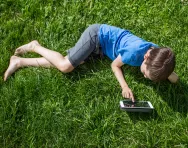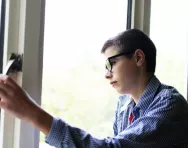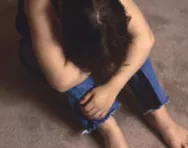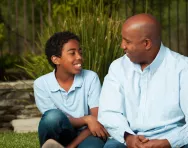Important update from TheSchoolRun
For the past 13 years, TheSchoolRun has been run by a small team of mums working from home, dedicated to providing quality educational resources to primary school parents. Unfortunately, rising supplier costs and falling revenue have made it impossible for us to continue operating, and we’ve had to make the difficult decision to close. The good news: We’ve arranged for another educational provider to take over many of our resources. These will be hosted on a new portal, where the content will be updated and expanded to support your child’s learning.
What this means for subscribers:
- Your subscription is still active, and for now, you can keep using the website as normal — just log in with your usual details to access all our articles and resources*.
- In a few months, all resources will move to the new portal. You’ll continue to have access there until your subscription ends. We’ll send you full details nearer the time.
- As a thank you for your support, we’ll also be sending you 16 primary school eBooks (worth £108.84) to download and keep.
A few changes to be aware of:
- The Learning Journey weekly email has ended, but your child’s plan will still be updated on your dashboard each Monday. Just log in to see the recommended worksheets.
- The 11+ weekly emails have now ended. We sent you all the remaining emails in the series at the end of March — please check your inbox (and spam folder) if you haven’t seen them. You can also follow the full programme here: 11+ Learning Journey.
If you have any questions, please contact us at [email protected]. Thank you for being part of our journey it’s been a privilege to support your family’s learning.
*If you need to reset your password, it will still work as usual. Please check your spam folder if the reset email doesn’t appear in your inbox.
5 ways to teach relaxation skills to your child

Children and young people face many stresses, which can include school-related things such as exams, homework, friendship difficulties and bullying, or possibly parental break up and moving house. When children are stressed, you may notice increased levels of anger and temper tantrums or withdrawal and anxious behaviours, as well as problems sleeping.

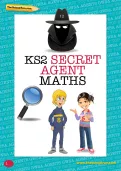
Claim four puzzle packs today!
- KS1 & KS2 Word Puzzle Packs
- Numeracy Puzzle Packs for KS1 & KS2
- Challenging and exciting | Boost key skills
Learning how to relax and calm down is a key skill in learning to deal with stress, no matter what age you are. However, it is a skill that requires regular practice, so instilling this knowledge in your child now will help them learn early on how to face stressful situations in a healthy way. Here are a few areas to consider when helping your child learn the skills needed to keep calm:
1. Be a role model for keeping calm
Look carefully at how you deal with stressful situations and your own response to anger/anxiety. Try to model a calm response to your child and give reassuring statements like “I felt quite nervous before that, but managed to stay calm and that helped.” Avoid generalisations such as “he’s just like me...I have a short fuse”. Create a positive self-belief in your child that behaviour can change, and praise your child when they have coped well.
2. Identify the anxiety triggers
Step back from the situation and try to notice any patterns in your child’s behaviour and any factors that trigger anger or anxiety. Notice if you deal with their behaviour calmly and consistently.
3. Increase awareness of feelings
If your child is old enough, try to label the feeling (angry, upset, nervous etc.) and identify any physical changes that happen when they feel like this (e.g., feeling hot and sweaty, heart racing, etc.).
4. Teach calming techniques
A range of very simple techniques can be very effective when trying to calm down and relax:
- Breathe slowly through the nose, hands on the tummy and eyes closed.
- Breathe slowly and count from 1-5 (counting breath).
- Breathe out slowly as if blowing out the candles on a birthday cake.
- Visualise a calming colour as you breathe out (colour breath).
- Visualise a calming place as you breathe out.
- Say a word to yourself or short sentence (“I can keep calm”).
Try to identify which of these techniques your child finds most helpful, and have that be their own way of calming down.
5. Practise as frequently as possible
Once they have chosen one of these calming down techniques, keep practising it as often as possible both in situations where they feel calm and relaxed, and in situations when they feel stressed. Your child can practise alongside you, and slowly move on to more independent use. Have visual reminders (e.g., a picture on the fridge) or use a non-verbal cue (e.g., holding up five fingers) to help your child remember to use their chosen technique. You can also create a chart to record when they have used it (e.g., “I can use my counting breath when I feel angry”), and work towards a reward.
Lisa Gupta is an independent educational psychologist with over 17 years’ experience working in a range of authorities and settings, and is a qualified yoga teacher and has taught yoga in schools. Lisa has used her combined experience to develop the Let’s Chill CD programmes, which systematically teach children and young people how to relax and calm down.

